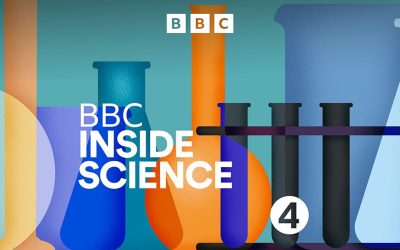
Science


This team tried to cross 140 miles of treacherous ocean like stone-age humans—and it worked
When and where the earliest modern human populations migrated and settled in East Asia are relatively well known. However, how these populations moved between islands on treacherous stretches of sea is still shrouded in mystery. In two new papers, researchers from Japan and Taiwan led by Professor Yousuke Kaifu from the University of Tokyo simulated…

Farming without famine: Ancient Andean innovation rewrites agricultural origins
In the Andes, the rise of agriculture to replace foraging was not the result of hardship and resource scarcity, but instead a time of economic resilience and innovation, according to a study published June 25, 2025 in the open-access journal PLOS One by Luis Flores-Blanco of the University of California Davis and Arizona State University,…
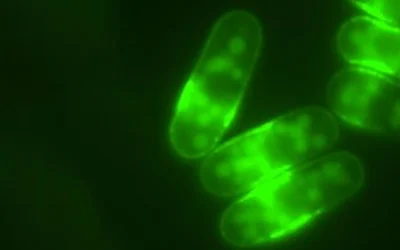
Scientists reveal your morning coffee flips an ancient longevity switch
A new study from the Cellular Ageing and Senescence laboratory at Queen Mary University of London’s Cenfre for Molecular Cell Biology, reveals how caffeine — the world’s most popular neuroactive compound — might do more than just wake you up. The study in the journal Microbial Cell shows how caffeine could play a role in slowing…

India celebrates sending its first astronaut into space after 41 years
Axiom Space Axiom-4 lifted off from the Kennedy Space Center in Florida Jubilant Indians have been celebrating the successful launch of the Axiom-4 (Ax-4) mission which has taken off with a multi-country crew, including an Indian astronaut. Group Captain Shubhanshu Shukla, who’s piloting the mission, has become only the second Indian to travel to space….
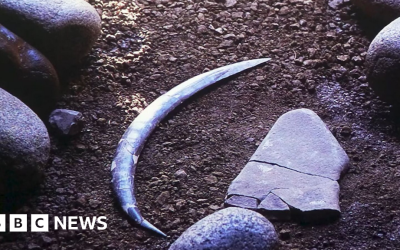
World’s oldest boomerang older than thought, but not Australian
Helen Briggs BBC environment correspondent•@hbriggs Maciej Biernacki The boomerang was found near stones, animal and human bones The world’s oldest boomerang is older than previously thought, casting new light on the ingenuity of humans living at the time. The tool, which was found in a cave in Poland in 1985, is now thought to be…
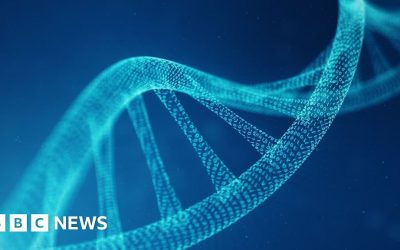
Synthetic Human Genome Project gets go ahead
Gwyndaf Hughes Science Videographer How the researchers hope to create human DNA Work has begun on a controversial project to create the building blocks of human life from scratch, in what is believed to be a world first. The research has been taboo until now because of concerns it could lead to designer babies or…
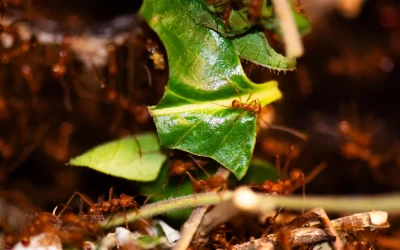
Scientists reprogram ant behavior using brain molecules
From the bright lights of cities that don’t sleep — where people hustle and bustle through the night to keep subways, servers, and supply chains alive — to the whisper-dark understory of tropical forests where ants hum in syncopated lines, the planet’s most intricate societies hinge on round-the-clock cooperation and finely tuned roles. Within Atta…
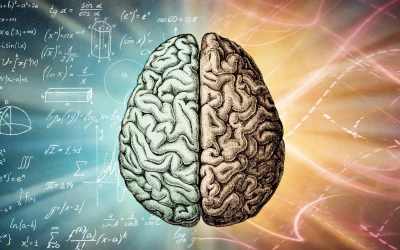
The brain’s sweet spot: How criticality could unlock learning, memory—and prevent Alzheimer’s
In a new paper with implications for preventing Alzheimer’s disease and other neurological disorders, Keith Hengen, an associate professor of biology in Arts & Sciences at Washington University in St. Louis, suggests a new comprehensive approach to understanding how the brain works and the rules it must follow to reach optimal performance. “There’s a common…
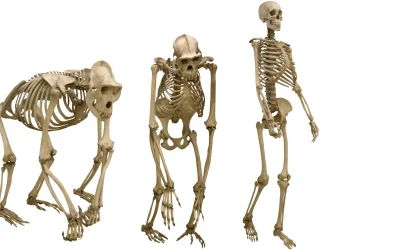
Mammals didn’t walk upright until late—here’s what fossils reveal
For over a century, scientists have puzzled over a fundamental mystery in our evolutionary history: how did mammals go from sprawling like lizards to striding like cats and dogs? This transition — from a sprawled stance (like a lizard) to an upright (parasagittal) posture — marked a pivotal moment in mammal evolution. While the earliest…


